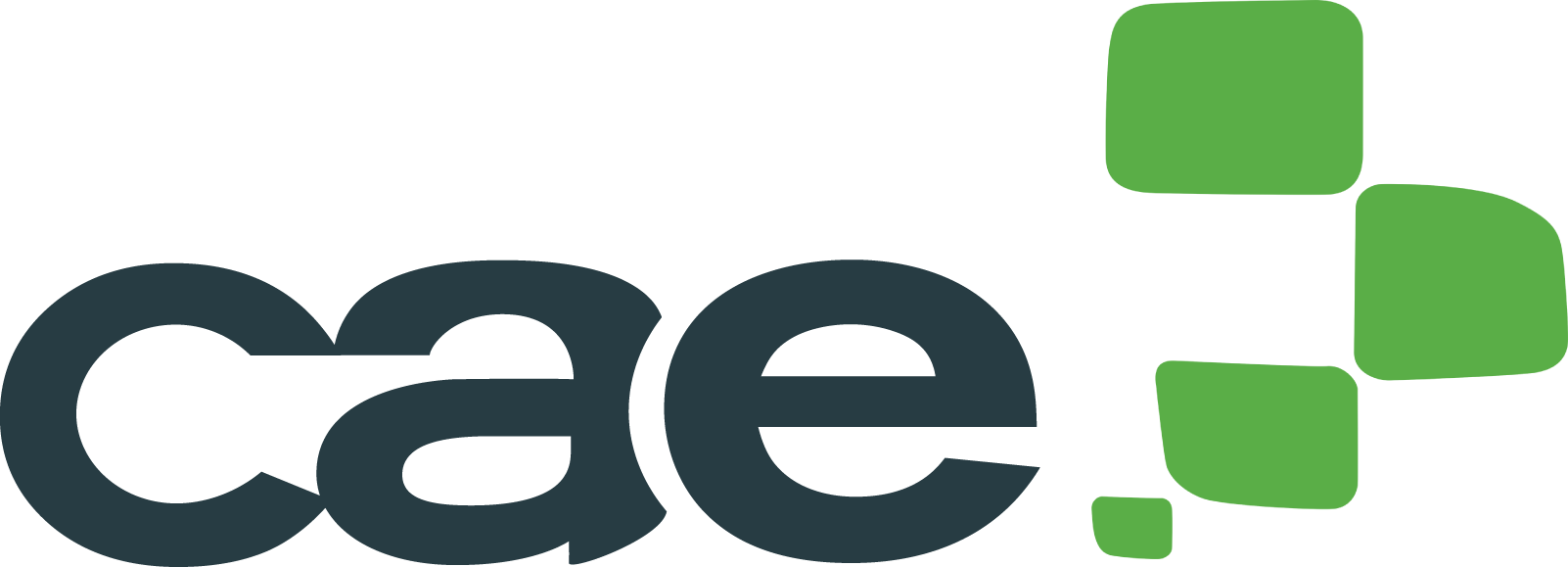Today, we live in an age where we cannot ignore the presence of technology all around us. The use of digitized tools in the education sector, such as the digital books, is already a reality that has been acquiring greater relevance and importance over recent years.
Traditional blackboards with their white and colored chalk have been replaced by virtual blackboards. Projectors have a permanent place in classrooms and printed books are increasingly being replaced by digital books. In fact, the use of digital books in classrooms has already become an indispensable part of the educational system. Why? The answer is simple: education centers are increasingly introducing the e-learning teaching method to improve the learning experience of their students.
Many primary and secondary schools and training centers have started to use tablets, iPads and other portable touch screens in their lessons when implementing e-learning training. This gives students the opportunity to access digital books – a totally different experience, as you only need to click on a touch screen to gain new knowledge.
At CAE, we have been experts in digital transformation since 1981 and, therefore, in this article we will explain in detail the reasons why schools should make use of the digital book in their teaching and learning processes.

Why use digital books in educational centers?
Most students are already familiar with technology and have accepted this new paradigm shift in the educational system. However, what about the teachers? Teachers must, and need to, become familiar with the digital book in order to see the positive impact of this tool on student learning for themselves.
Digital textbooks have everything needed to replace traditional books forever. Here are some of the reasons in favor of making use of digital books in schools, institutes, universities, language or training centers:
They allow concepts to be explained more easily thanks to visual elements
With digital books, trainers can explain complex concepts to their students through videos and graphic illustrations. This tool allows teachers to explain concepts after the student has seen and understood a complete video.
Furthermore, in the CAE digital book the digital images can be enlarged, allowing users to zoom in and see all the details clearly. When explaining certain perhaps more complex concepts that need visual aid, the teacher will be able to take advantage of the fact that the student can enlarge the image and see all the parts in detail, something that cannot be done with an image printed on paper.
They allow students to pace themselves in interactive sessions
Any student who has a digital book at school can follow the lessons at their own pace. Students can easily browse the course index or instantly search for main terms or chapter titles.
On the other hand, in the digital book, the size of the content can be adjusted and both teachers and students can make annotations. In addition, when used in conjunction with an LMS or educational platform, teachers can view solutions with a single click and can also provide students with links or reference resources to access and read additional reference material without searching the Internet.
All these characteristics mean that digital books facilitate an interactive session in which all students participate in the learning process. The digital aspect gives students the opportunity to take quizzes or exercises based on lessons they have just read. This allows each person to take responsibility for their own learning without continuous outside instruction.
Digital books provide updated content at all times
Making use of digital books in schools allows teachers to change or update some additional content or resources when required. Gone are the days of waiting until the end of the academic year for a new book to be published. The contents of the e-book can easily be updated and shared with everyone.
In addition, thanks to the digital format, there is no fear of losing study material. Having all content stored in the cloud, there is no risk of data loss. Teachers can have permanent access to the content and can add new material or update as needed.
Help students learn faster
One of the great advantages of digital books is that the lessons can be accessed anytime and from anywhere, an aspect that facilitates learning. Moreover, it has been shown that when teachers use e-books in classrooms, students tend to pay more attention. Additional content and interactive elements such as videos, animations, or audio files help students learn faster. Interactivity helps them better understand concepts clearly.
In addition, interactive content, such as audios or videos, is integrated into the digital book itself, which saves time for both students and teachers, who do not have to search for and reproduce this content externally. Learning time is maximized and can be used in the most efficient way.
Digital books are profitable
Digital textbooks cost 50-60% less than print versions. This saves money that can be used to invest in additional resources for students or extracurricular programs.
Digital books also help promote communication between students
In addition, CAE digital books allow trainers to promote collaboration and communication among students. How? Through online forums or by organizing virtual discussions and debates on your educational platform or LMS. All this improves student development and helps to establish a good relationship between student and teacher.
If you liked this article, at CAE we can help you discover how an interactive platform such as digital books can help you improve learning in your educational center and how you can make use of this tool in the classroom. We are content creators and we develop applications and tools for e-learning training. Contact us and we will send you all the information you request.

